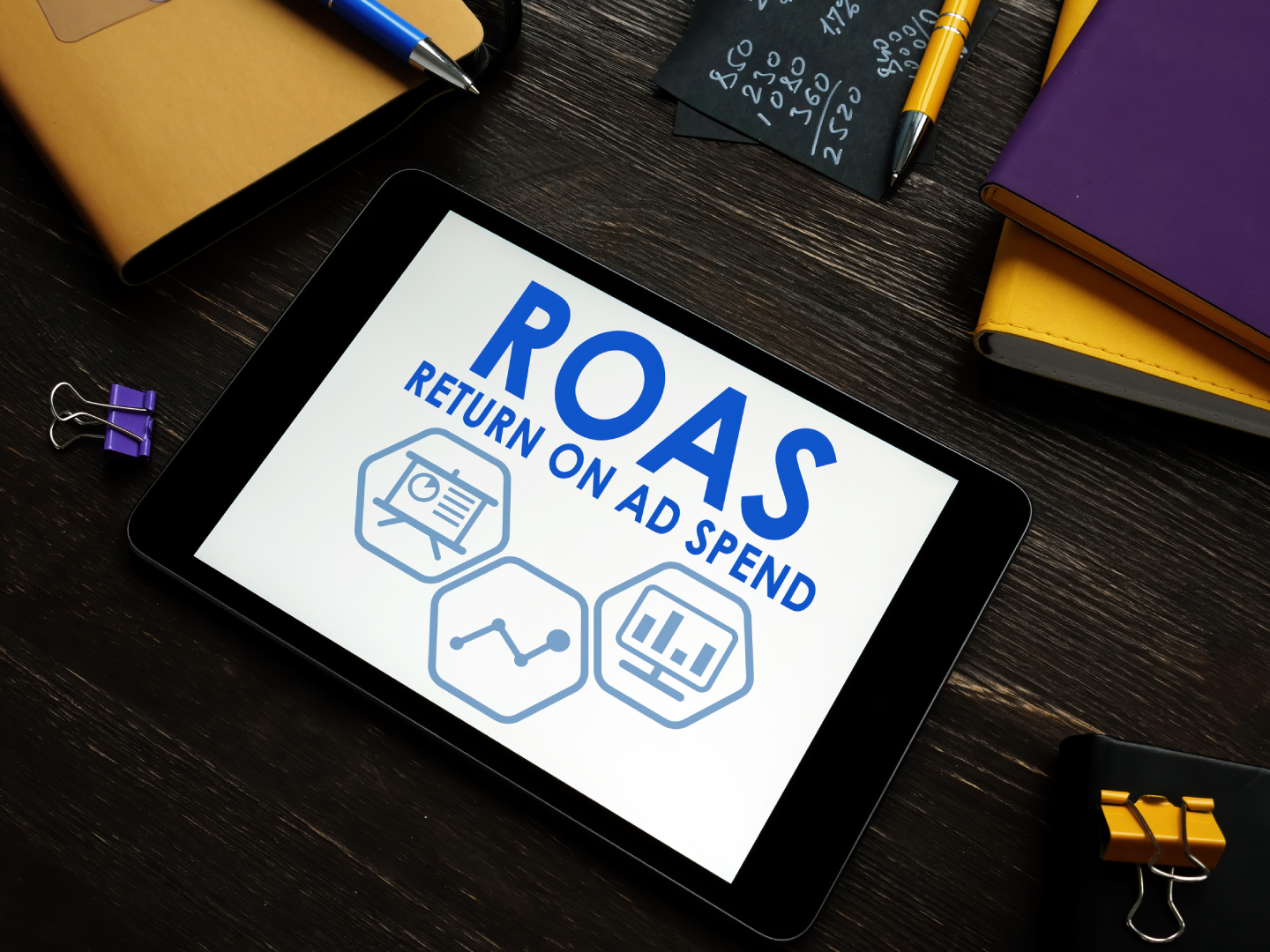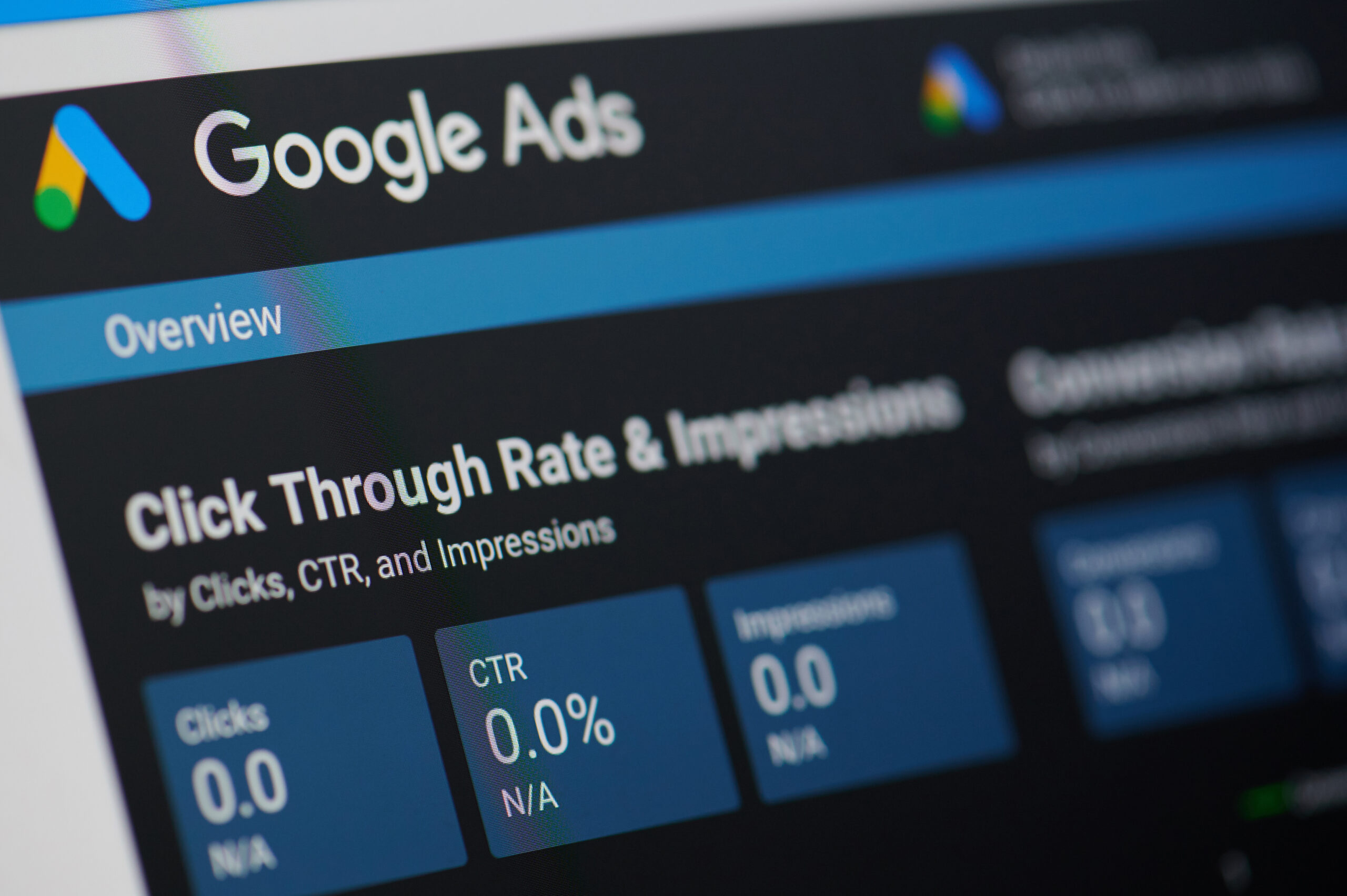Jump To Section:

In the ever-evolving world of marketing, businesses are constantly seeking ways to optimize their advertising strategies and drive maximum returns on their investments.
One essential metric that plays a pivotal role in evaluating the effectiveness of marketing campaigns is ROAS, or Return on Advertising Spend. ROAS provides valuable insights into the revenue generated by advertising efforts and helps businesses make data-driven decisions to enhance their marketing performance.
In this blog post, we will delve into the concept of ROAS, its significance, calculation methods, and effective strategies for maximizing ROAS.
Defining ROAS
ROAS, or Return on Advertising Spend, is a metric used to measure the revenue generated for every pound spent on advertising. It quantifies the effectiveness of marketing campaigns by evaluating the return on the investment made in advertisements across various channels.
ROAS enables businesses to assess the profitability of their advertising efforts and make informed decisions regarding budget allocation and campaign optimization.
Calculating ROAS
The formula for calculating ROAS is relatively straightforward:
ROAS = Revenue Generated from Advertising / Advertising Spend
To illustrate this with an example, let's say a business invests £10,000 in a digital advertising campaign and generates £50,000 in revenue as a result. The ROAS for this campaign would be 5 (£50,000 / £10,000), meaning that for every pound spent on advertising, the business earned £5 in revenue.
Understanding the Significance of ROAS
ROAS provides several key benefits to marketers and businesses alike:
Measuring Advertising Effectiveness: ROAS helps marketers evaluate the effectiveness of their advertising campaigns by quantifying the revenue generated in relation to the amount spent. It enables them to identify high-performing channels, campaigns, or keywords, as well as areas that require optimization.
Optimizing Budget Allocation: By assessing the ROAS of different advertising channels or campaigns, marketers can allocate their budgets more effectively. They can identify underperforming channels and reallocate funds to those that yield higher returns, maximizing the overall impact of their advertising spend.
Informing Campaign Optimization: ROAS serves as a performance indicator for marketing campaigns, enabling businesses to refine their strategies. By analyzing the factors contributing to high ROAS, such as targeting, messaging, or creative elements, marketers can optimize their campaigns for better results.
Strategies for Maximizing ROAS
To enhance ROAS and improve marketing effectiveness, consider implementing the following strategies:
- Targeted Advertising: Precise audience targeting ensures that your advertisements reach the most relevant audience. By focusing your efforts on those who are most likely to convert, you increase the chances of generating higher returns from your advertising spend.
- Conversion Tracking: Utilize tracking tools to monitor the effectiveness of your campaigns. By understanding which ads are driving conversions, you can make data-driven decisions about where to allocate resources and refine your messaging and targeting accordingly.
- A/B Testing: Experiment with different ad variations, such as headlines, images, or calls to action, and measure their impact on ROAS. A/B testing allows you to identify the most compelling ad elements and optimize your campaigns for maximum returns.
- Continuous Optimisation: Monitor your campaigns regularly and make data-backed adjustments to improve performance. Stay updated on industry trends, emerging platforms, and consumer behavior to ensure your advertising strategies remain relevant and effective.
Conclusion
ROAS is a critical metric in marketing that allows businesses to measure the effectiveness of their advertising investments.
By calculating the revenue generated for each dollar spent, marketers can make informed decisions about budget allocation, campaign optimization, and overall marketing strategies.
By implementing targeted advertising, conversion tracking, A/B testing, and continuous optimization, businesses can maximize their ROAS and achieve greater success in their marketing efforts.
Embracing these strategies will not only help businesses drive higher returns on their advertising spend but also enhance their overall marketing performance and contribute to long-term business growth.
Website Design Services
Get a free web design quote by contacting us today.
Get My Free Web Design QuoteRelated Blogs

Why are Negative Keywords Important for Ads?
Every Click Counts In the world of online advertising, where every click and impression can make or break a campaign, […]

Are Bing Ads (Microsoft Ads) Worth it?
When it comes to online advertising, Google Ads often steal the spotlight. However, overlooking Bing Ads could mean missing out […]

Is Google Ads Worth It For My Business?
In today’s digital landscape, online advertising is a crucial component of any successful marketing strategy. With numerous platforms available, Google […]